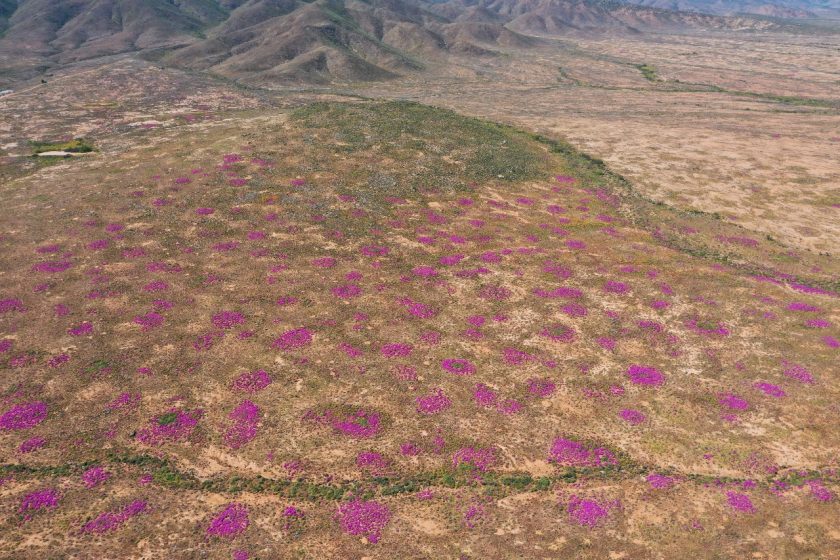Carbon Trapping Termites
April 3, 2024

Are some termites secretly slowing climate change?
Professor Daniel Breecker and graduate student Morgan Mellum of the Department of Earth and Planetary Sciences recently wired up termite mounds in South Africa to find out.
Funded by the National Science Foundation, the study is the first stage of a three-year pilot project to gather data on how termites store carbon dioxide (CO2) underground.
Breecker said the research could be useful for conservationists and policymakers who want to tackle climate change while protecting native species.
“We need to know the rates of CO2 removal from the atmosphere because the carbon credits associated with [storage] in the mounds may actually be more profitable to local farmers than growing wheat,” he said.
Termite mounds are ubiquitous across South Africa. Importantly, most accumulate a chalky substance called calcium carbonate.
The researchers think that when the termites carry fallen leaves back to their mounds, microbes, which thrive inside the mounds, convert the carbon in the leaves into calcium carbonate, locking it away in the ground. The sensors will tell them how much CO2 is ending up in the soil and help clarify the role of the termites in putting it there.
Back to the Geoscientist